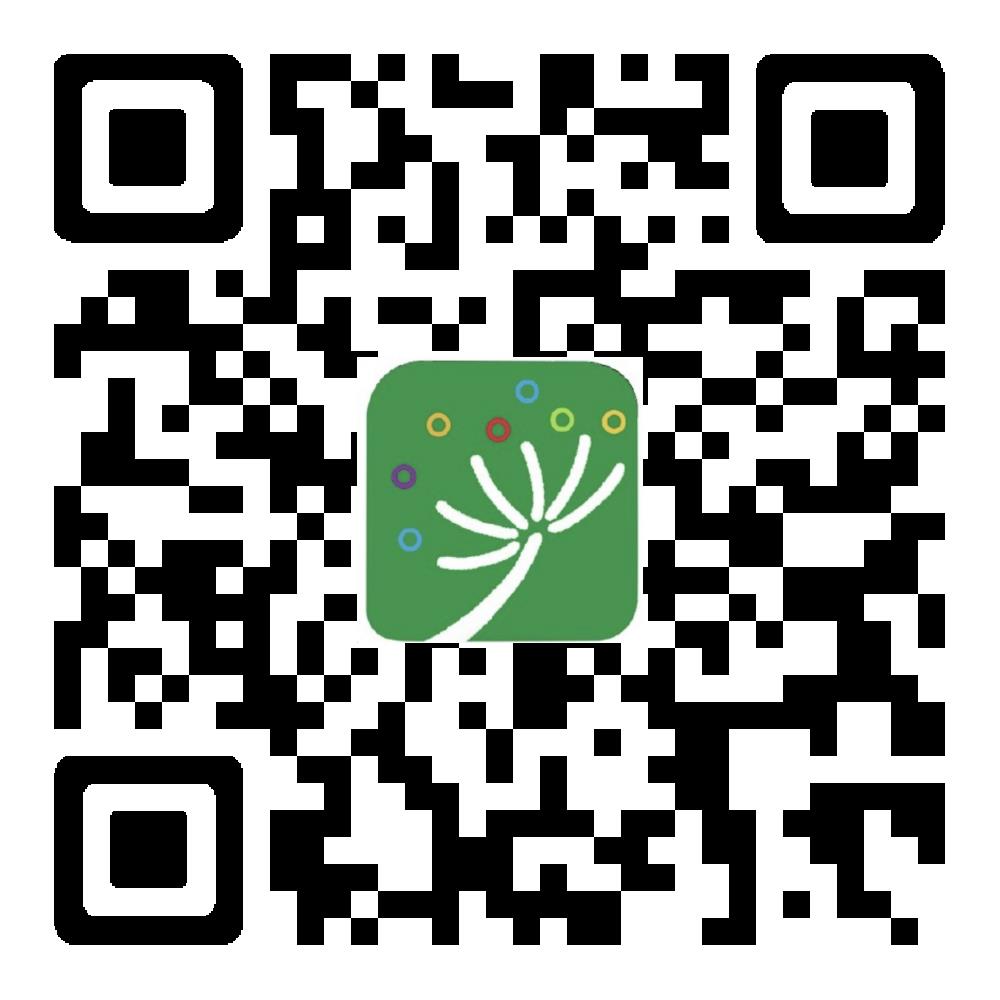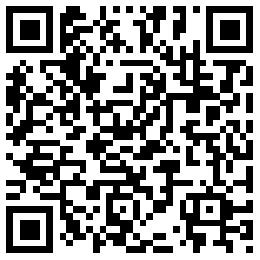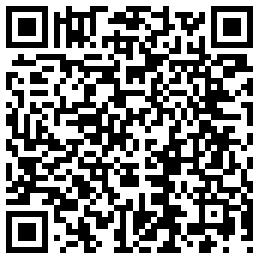• Fiscal expenditure on education over 4% of total GDP for past five consecutive years
Investment in education has continued to grow. From 2012 to 2016, the state fiscal expenditure in education increased every year, accounting for more than 4% of the GDP for five consecutive years.
• Yearly increase in educational expenditure at all levels
Spending in education at each level in 2016 was as follows: Preschool -- RMB 280.2 billion, marking an increase of 86.34% on 2012; Primary school and junior high school -- RMB 1,760.3 billion, up 43.13% on 2012; Senior high school and secondary vocational school -- RMB 615.5 billion, up 25.49% on 2012; Higher education -- RMB 1,011 billion, up 26.14% on 2012.
China’s spending per student across all levels of education in 2016 was as follows: Preschool -- RMB 8,626, an increase of 39.87% on 2012; Elementary school- - RMB 11,398, up 53.05% on 2012; Junior high school -- RMB 16,010, up 56.68% on 2012; Senior high school -- RMB 16,781, up 39.95% on 2012; Secondary vocational school -- RMB 16,985, up 37.3% on 2012; Higher education: RMB 30,457, up 13.43% compared to 2012.
• Continued improvement in level and organization of teaching body
In 2016 there were 15.782 million full-time teachers in total, teaching in schools of different type and level, an 8% point increase on 2012 (14.614 million). 68,000 special needs teachers were recruited across China in 2016. Teacher salary top-up subsidies provided by central government reached 6.023 billion RMB, while 1.30 million teachers from 684 counties in 22 provinces benefited from rural posting living subsidies.
• Significant increase in fulltime pre-school teachers
Local governments have managed to fill kindergarten teacher posts through a variety of measures, including open recruitment, tuition-free programs, flexible staffing, and government purchase of services. While in 2012, the number of pre-school teachers was 1.479 million, in 2016, it reached 2.232 million, marking an increase of 50.9%.
98.0% of full-time teachers satisfied academic qualification standards. The number of teachers with a college degree or above increased by 11% points compared to 2012. The teaching capacity of compulsory education teachers continued to increase. 93.7% of full-time primary school teachers had junior college degrees or above, while 82.5% of full-time junior secondary school teachers had a bachelor's degree or above. The gap between teachers satisfying academic qualification standards in urban and rural areas was 0.5 percentage points.
The senior secondary school teaching body improved, with numbers increasing by 3.8 percentage points. The ratio of full-time teachers with a bachelor degree or above in general senior secondary schools grew 1.5 percentage points in relation to 2012. The ratio of full-time teachers with a bachelor degree or above in secondary vocational schools grew 3.8 percentage points compared to 2012.
The full-time teaching body in higher education continued to improve, marking an increase of 11.3 percentage points. In 2016, the number of full-time teachers in regular higher education institutions was 1.602 million, of which 69.9% possessed a Master's degree, marking an increase of 7.5 percentage points, compared to 2012. There were 1323 academicians of the Chinese Academy of Sciences (748 persons) and Chinese Academy of Engineering (575 persons) in regular higher educational institutions.
The number of double-certified teachers in higher vocational colleges increased rapidly to 39.1% and to 29.5% in secondary vocational schools.
The size of the special education teaching body continued to expand, increasing by 22.3 percentage points since 2012. 69% of these teachers had received professional training. The number of special education teachers reached 53,000, an increase of 9516 compared to 2012 (44,000).
• Educational development supported and guided by IT
The Internet access rate in national primary and secondary schools grew, rising to 94% in 2016 (25% in 2012). The ratio of multimedia classrooms also increased. 80% of classrooms are now equipped with multimedia devices (40% in 2012). The number of primary and secondary teachers and students in rural areas directly served by the China Education Satellite broadband transmission network reached 100 million. The number of teaching venues with full coverage of digital educational resources reached 64,000.
Educational informatization has promoted the sharing of high quality educational resources in the past five years. The public service platform on education management is now fully operational. Digital registration management is now possible for primary and secondary school students across the country. The information of 210 million students in primary and secondary schools has been input to the database. Teaching body management has been optimized with an identity number for each person.




